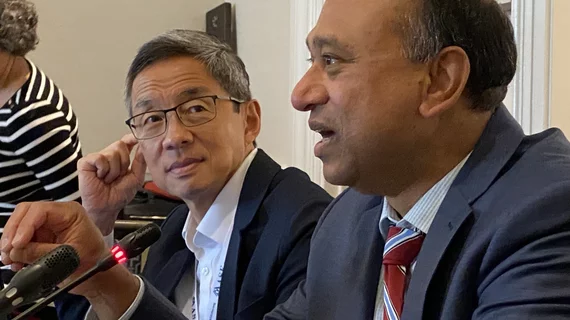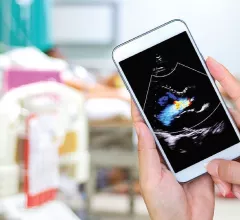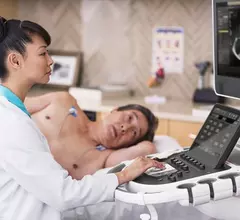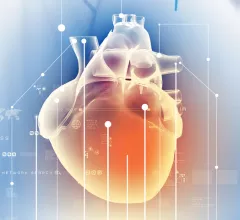American Society of Echocardiography (ASE)
The American Society of Echocardiography (ASE) is the key cardiovascular ultrasound medical society. ASE works to advance cardiac ultrasound, offers clinical education, research, government policy advocacy, and services to the professionals and the public.
Displaying 65 - 72 of 90
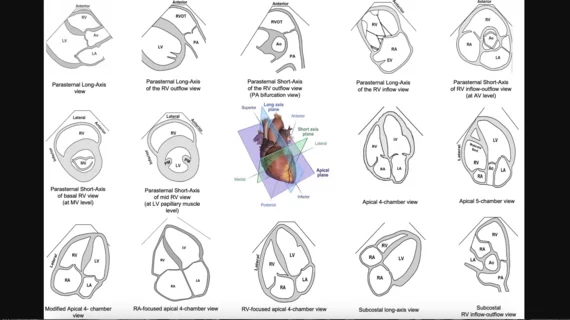
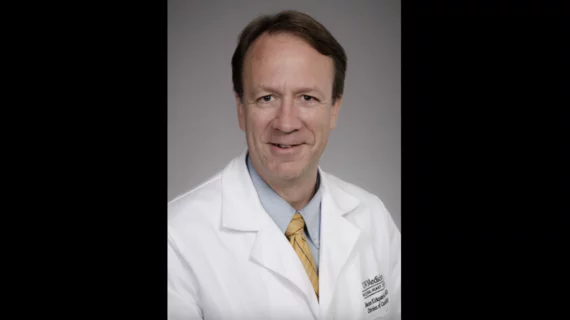

![The American Society of Echocardiography (ASE) has shared new recommendations for performing medical imaging exams on heart failure patients with surgically implanted left ventricular assist devices (LVADs) and temporary mechanical circulatory support (TMCS) devices. The guideline, published in full in the Journal of the American Society of Echocardiography, represents ASE’s first update on the topic since 2015.[1]](/sites/default/files/styles/top_stories/public/2024-09/screenshot_2024-09-10_at_2.06.47_pm_0.png.webp?itok=JY7Oyzce)
